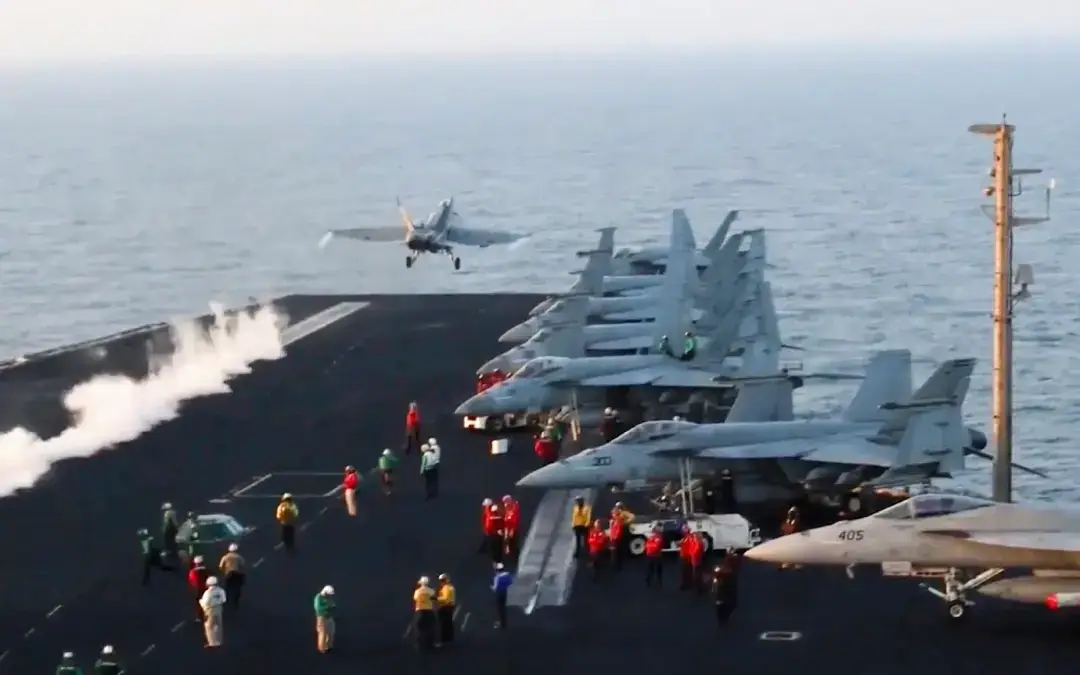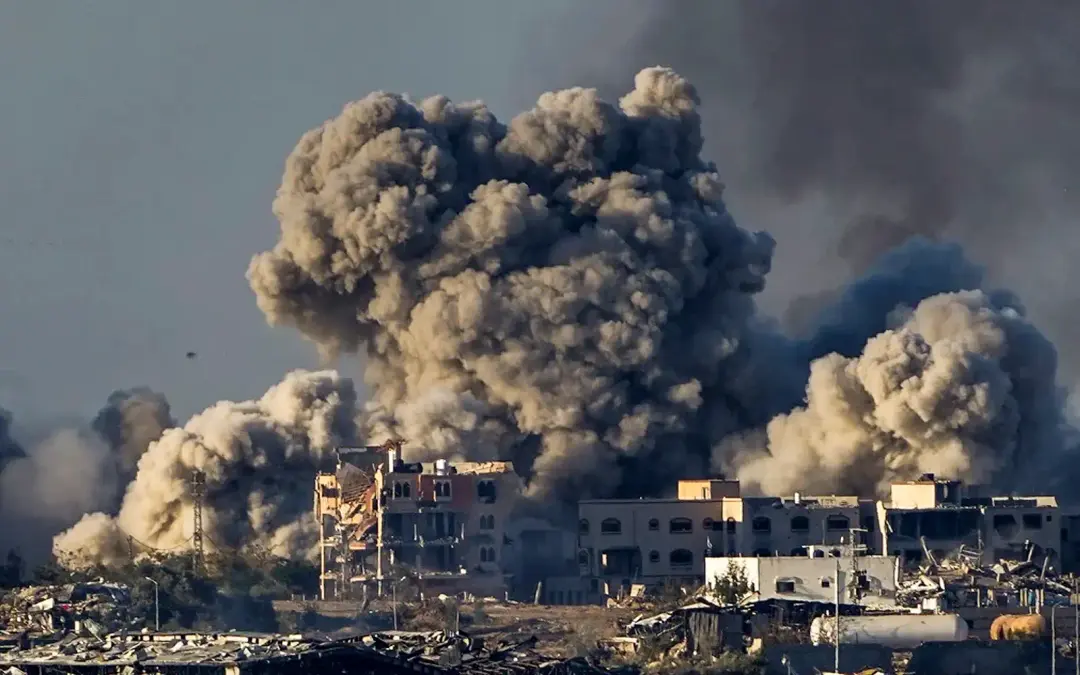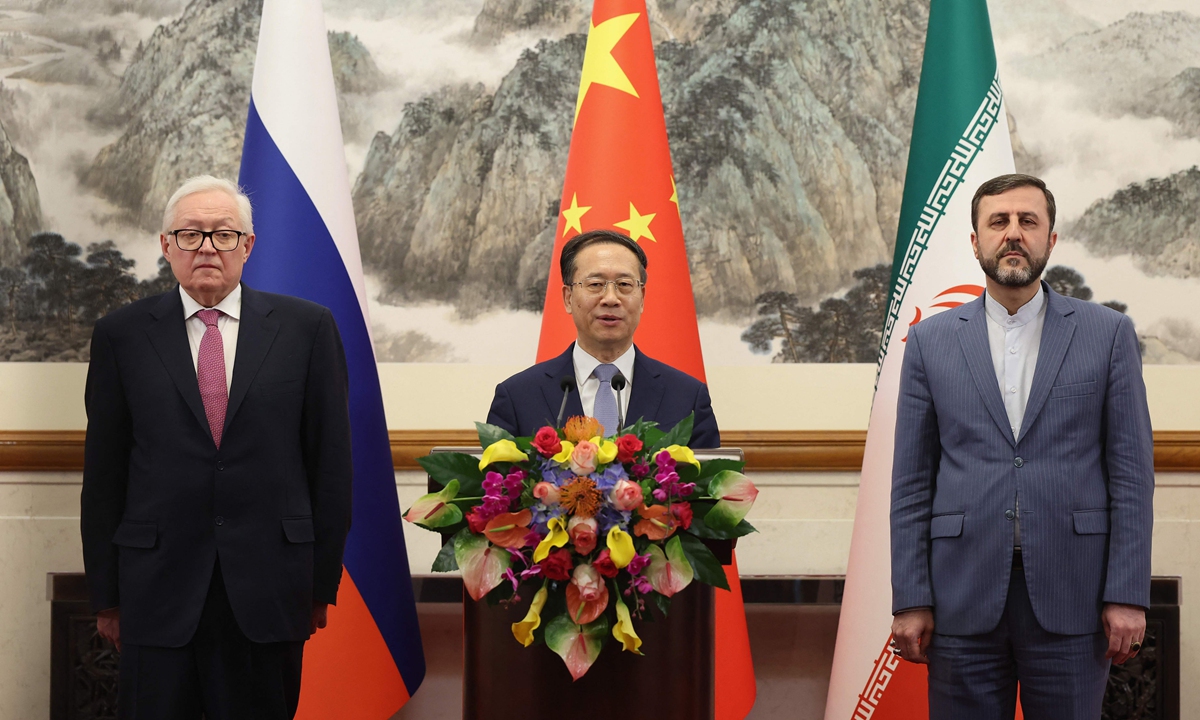On 15th, US President Donald Trump authorized extensive military strikes against Yemen’s Iran-aligned Houthi group in response to their attacks on Red Sea shipping. The operation, which killed at least 50 people and injured 101, marks the beginning of a campaign expected to last for weeks. This is the largest US military action in the Middle East since Trump took office in January.
Trump issued a stern warning to Iran, the Houthis’ primary supporter, demanding an immediate end to its backing of the group. “If Iran threatens the US, America will hold you fully accountable, and we won’t be nice about it!” he declared in a post on his Truth Social platform.
Houthis Strike Back
In response, on 16th the Houthis claimed that they had targeted the US aircraft carrier USS Harry S. Truman and its accompanying warships in the northern Red Sea. The attack involved 18 ballistic and cruise missiles, along with drones.
Iran Responds with Defiance
Iran’s Revolutionary Guards Commander, Hossein Salami, dismissed Trump’s threats, asserting that the Houthis act independently and make their own strategic decisions. He warned that Iran would respond decisively and destructively if the US acted on its threats. “We warn our enemies that Iran will not hesitate to retaliate if provoked,” Salami stated in an interview with state media.
The Houthi-run health ministry reported that the US strikes resulted in significant civilian casualties, with most of the dead and injured being women and children. The Houthis’ political bureau condemned the attacks as a “war crime” and vowed to retaliate. “Our armed forces are fully prepared to respond to escalation with escalation,” the group said in a statement.
Strikes Target Key Houthi Strongholds
Residents in Yemen’s capital, Sanaa, described the strikes as devastating, with explosions shaking entire neighborhoods. “The blasts were so violent, they felt like an earthquake. Our women and children were terrified,” said Abdullah Yahia, a local resident. Strikes also hit military sites in Taiz and a power station in Dahyan, the hometown of Houthi leader Abdul Malik al-Houthi, causing widespread power outages.
The Houthis, who control much of Yemen, have intensified attacks on commercial and military vessels in the Red Sea since November 2023, disrupting global trade and prompting the US to launch a costly campaign to intercept missiles and drones. According to the Pentagon, the Houthis have attacked US warships 174 times and commercial vessels 145 times since 2023. The group claims its actions are in solidarity with Palestinians amid Israel’s conflict with Hamas in Gaza.
US Adopts More Aggressive Approach
The Trump administration has taken a more aggressive stance compared to its predecessor. While former President Joe Biden sought to limit US involvement, Trump has authorized broader military action. US officials, speaking anonymously, confirmed that the strikes are part of a larger operation aimed at degrading the Houthis’ capabilities.
The US military’s Central Command described the strikes as the start of a sustained campaign across Yemen. Fighter jets from the USS Harry S. Truman aircraft carrier, stationed in the Red Sea, played a key role in the operation. Defense Secretary Pete Hegseth emphasized that attacks on US assets “will not be tolerated,” adding that Iran, as the Houthis’ benefactor, is “on notice.”
International Reactions
Iran’s foreign ministry condemned the strikes as a “gross violation of international law and the UN Charter.” Foreign Minister Abbas Araqchi accused the US of meddling in Iranian affairs and called for an end to support for Israel’s actions in Gaza. “Stop the killing of Yemeni people,” he urged in a social media post.
The strikes come amid heightened tensions in the region. Earlier in the week, the Houthis announced they would resume attacks on Israeli ships in the Red Sea and surrounding waterways, ending a period of relative calm that began with the Gaza ceasefire in January. The US also recently sent a letter to Iran’s Supreme Leader Ayatollah Ali Khamenei, seeking talks over Iran’s nuclear program. However, Khamenei rejected the offer, stating that negotiations with the US are off the table.
Broader Implications
The conflict underscores the complex dynamics in the Middle East, with Iran’s influence extending across Yemen, Syria, and beyond. Tehran faces growing domestic challenges, including public discontent over economic hardships, which could escalate into mass protests. Meanwhile, Iran’s nuclear program remains a contentious issue. The UN nuclear watchdog has warned that Iran is rapidly enriching uranium to 60% purity, nearing weapons-grade levels, though Iran denies seeking to develop nuclear weapons.
In a sign of shifting diplomatic efforts, US Secretary of State Marco Rubio reportedly informed Russian Foreign Minister Sergei Lavrov about the strikes in Yemen. Russia, which relies on Iranian weaponry in its war in Ukraine, has yet to issue a formal response.
As the US intensifies its military campaign in Yemen, the region braces for further escalation, with the potential for broader conflict involving Iran and its allies. The coming weeks will test the resolve of all parties involved, with significant implications for global security and stability.



